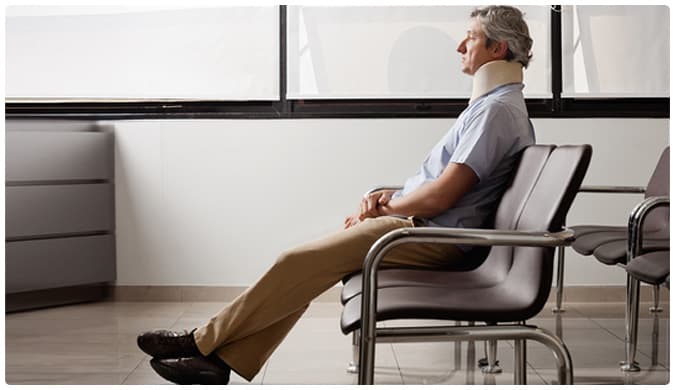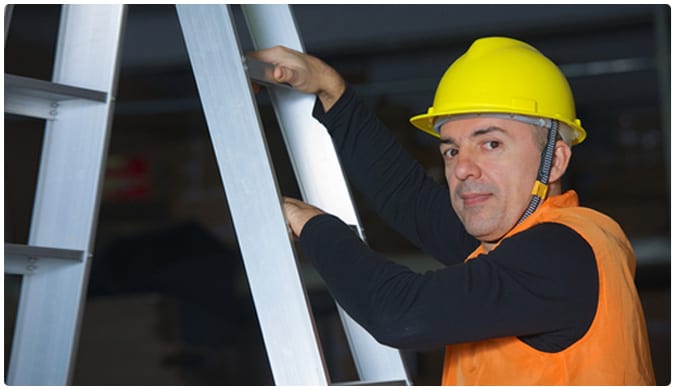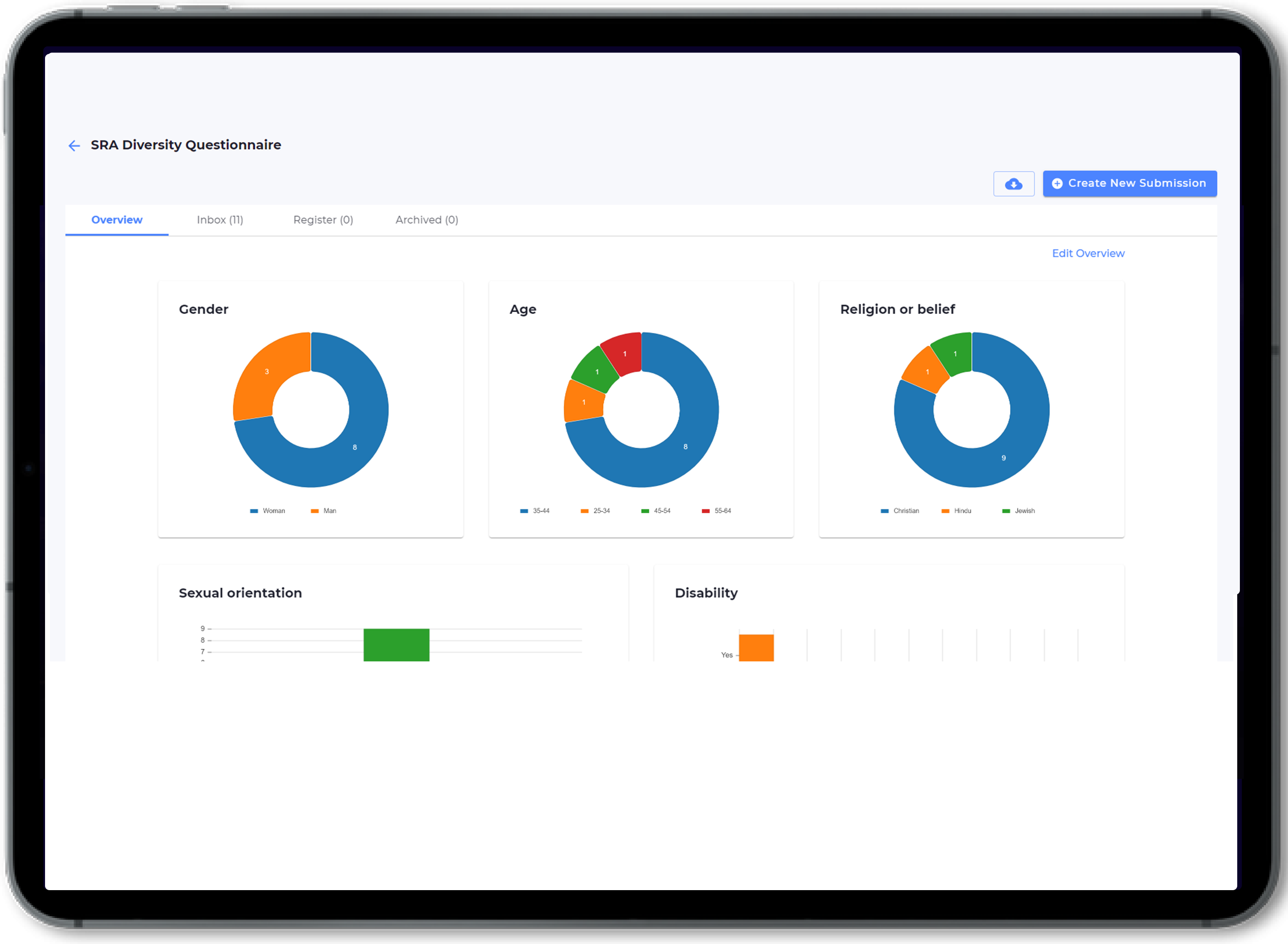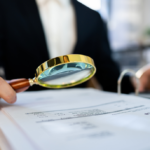Slips, trips and falls may seem trivial. We’ve all slipped on a surface, tripped over an obstacle or fallen down a step. It’s all too easy for individuals and employers to overlook the seriousness of this type of incident in the workplace. When we think of risks to our health and safety, we tend to focus on what makes the headlines: fires; building collapses; machinery and vehicle crushes; or exposure to hazardous substances. Yet, the reality is that slips and trips are the most common cause of reported workplace injuries.
According to the UK regulator, the Health and Safety Executive (HSE), slips, trips and falls on the same level caused almost one third (29%) of all reported non-fatal injuries at work in 2019/20. They can also lead to other types of accidents, such as falls from height or falls into machinery. It isn’t just staff who are at risk. Slips and trips cause half of all reported injuries to the public in workplaces where they have access, such as hospitals, shops and restaurants.
Shattered lives
The HSE has long recognised the individual, organisational and societal consequences of slips, trips and falls. It even went as far as to call its last major awareness-raising campaign “shattered lives”. Unlike some common safety hazards, slips and trips aren’t limited to certain industries; they can happen to you wherever you work.
The personal consequences can be devastating. As well as suffering pain from injuries, people may experience emotional distress, and even lose their livelihood. Physical injuries from a slip, trip or fall can range from sprains, cuts and bruises to broken bones, permanent disability and sometimes death.
In one case, a woman tripped on a hole in the linoleum floor while entering a bowling club pavilion. She fell and hit her head, and later died. In another case, a cook at a busy fast food outlet slipped on a floor that had recently been wet mopped. As he put out his hand to save himself, he pulled over a nearby deep fat fryer, which spilt 35 litres of boiling hot oil. He suffered extensive burns and needed skin grafts. Another employee at the outlet received serious burns to her right leg and ankle.
Hidden costs
The HSE estimates that organisations lose more than 1.5 million working days each year from these types of incidents. And the costs don’t stop with lost time. There can be other more hidden costs, such as damage to plant and equipment, production delays, as well as the loss of expertise and experience. On top of this there may be other financial penalties, including fines, compensation payouts and reputational damage.
Last year, retail giant Tesco was ordered to pay fines of £733,333 after a customer slipped on liquid leaking from refrigerator units at one of its stores. He fell and suffered multiple hip fractures. Data obtained and reported by the BBC shows Network Rail paid out nearly £1m in the five years to 2018/19 for slips, trips and falls at its stations across the UK. The largest single payout was £39,631 after a passenger slipped on liquid at Charing Cross station.

Not inevitable
The HSE identifies the main barriers for organisations trying to reduce slips, trips and falls as:
- employers and employees failing to take the risks seriously;
- poor understanding of how these incidents happen;
- a belief that slips and trips are inevitable – that they are simply a fact of life; and
- inadequate risk assessments and management controls.
In guidance for its inspectors, the HSE notes that “many employers do not give slips and trips the priority they deserve. They treat them as being outside their control, inevitable or simply the employee’s fault.” It goes on to state, however, that “slipping and tripping are not inevitable, unless, of course, hazards are allowed to remain uncontrolled. Effective action can be taken to dramatically reduce slipping and tripping accidents.”
Most of these actions are simple and low cost (see Ten practical steps below). But too many organisations are still falling down on basic organisational, planning and housekeeping issues, and missing the importance of human factors (such as distraction or fatigue) and worker involvement. Issuing slip-resistant footwear or putting up safety signs may seem like you are tackling the problem – and such controls have their place – but unless you tackle the causes further back in the chain, you will never achieve lasting improvements.
Getting ‘buy-in’
In reducing the likelihood of slips, trips and falls, staff training and engagement is crucial. First, people need to understand the consequences of incidents that can often seem insignificant or even humorous. Then they need to know where the hazards are and what they can do to help prevent incidents.
The HSE’s inspector guidance advises that “getting workforce ‘buy-in’ to initiatives to reduce slips and trips is crucial” and that to obtain long term reductions “attitudes and perceptions must change”. The guidance further notes: “Sensible measures should be taken to control and minimise risk, but personal responsibility and worker participation are also essential if these measures are to be effective.”
When it comes to informing and engaging employees, EssentialSkillz can help make the difference. Our Slips, Trips and Falls course sets out the practical ways employees can work with their employers to reduce the risk. But in tackling some of the HSE’s key barriers to improvement, our online training goes further. The newly updated course sets the context, dispels myths and outlines the sometimes devastating consequences of what we all too often dismiss as inevitable, or even humorous, incidents. Like all EssentialSkillz training, the course can also be customised to meet the specific needs of your workplace and staff.

Ten practical steps
- Design tasks to minimise potential leaks or spillages; fix any leaks from machinery or other equipment immediately
- Plan pedestrian routes to avoid potentially contaminated areas
- Use the correct cleaning methods for the surface; don’t clean during busy times
- Choose and maintain flooring carefully – if flooring gets loose, damaged or worn, repair or replace it
- Look at the wider environment – ensure lighting is good and that any slopes or steps are easily visible
- Always ensure walkways, stairs and work areas are clear of any obstructions or trailing cables
- Select the right footwear for the environment and task
- Think about people and organise work to avoid rushing, overcrowding or distractions
- Provide and maintain the right equipment for any unavoidable work at height, and train staff in safe practices
- Involve staff in task and safety decisions, such as choosing protective footwear or altering cleaning methods













